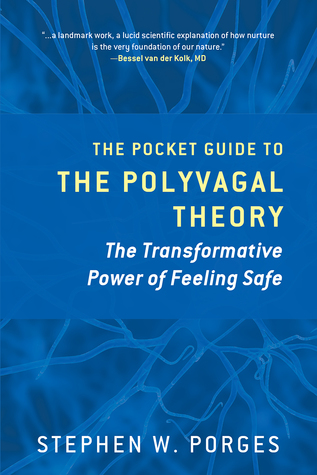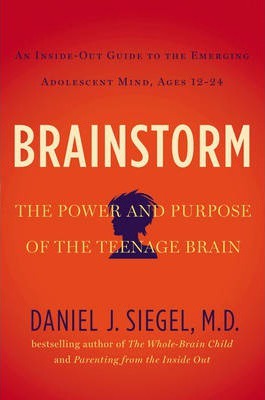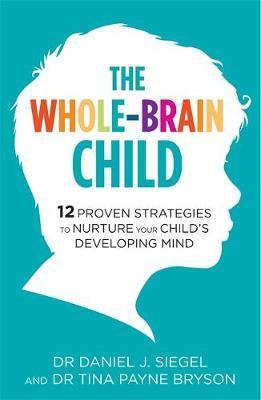- Reflecting on learnings from previous workshop and delving more into creating an environment of safety and connection.
- #4 Climate of welcome: The midbrain, the importance of rhythmic, repetitive and sensory activities and creating sensory spaces that could help regulate clients and staff.
- Creating a sense of warmth and safety through the physical environment. Going over an environmental checklist
- #5 Commitment: The limbic system, how to bring relational commitment (unconditional positive regard) into our work with clients to bring healing through connection.
- Doing with, not doing to, being with, being present, working together, a commitment to not “give up” on clients for the same reasons they came to your service, “we not me” and “us not them”
- Understanding the impact of toxic shame and how to break the shame cycle through the use of empathy and validation.
- The importance of staff wellbeing, the effects of secondary trauma and a trauma soaked environment. How to look after staff and your team.
- #6 Championing others: The Cortex, the importance of empowering others within your organisation (staff and clients)
- Developing self-regulation skills through choice, understanding the function of the cortex and strategies to help integrate the cortex and the lower parts of the brain. Developing a language for Trauma Responsive culture and change.
- #7 Culture of change: “Inside out perspective (client-centred), outside in influence”, and a top down ‘systems change’ approach.
- How we can apply this model with our tamariki, whanau and communities to bring about restoration and change. Breaking down what this would like in practice.
The presentation
Resources
Using visual metaphors to respond to trauma and stress
practice-supervisors.rip.org.uk/wp-content/uploads/2019/11/Usingvisual-metaphors-to-respond-to-stress-and-trauma.pdf
Safe Hands Thinking Minds
safehandsthinkingminds.co.uk
Becoming a more culturally, adversity, and trauma-informed infused, and responsive organisation,Winston Churchill Report by Dr Karen Treisman
wcmt.org.uk/sites/default/files/reportdocuments/Treisman%20K%202018%20Final.pdf
Self Care in trauma-informed organisations
goodfellowunit.org/sites/default/files/Werry_trauma_informed_care/Self_care.pdf
Trauma and adversity, findings from the mental health fellowships
mentalhealth.org.uk/sites/default/files/MHF_WCMT_Report_1of4_Trauma.pdf
PSDP resources for managers and supervisors: A spotlight on organisational trauma, the system as ‘client’
practice-supervisors.rip.org.uk/wpcontent/uploads/2021/01/StS_PT_A_spotlight_on_organisa
tional_trauma_the_system_as_the_client_Final.pdf
Strengths Finder Book
gallup.com/cliftonstrengths/en/strengthsfinder.asp



- Lessons from the playroom podcast
- Help for Billy by Heather Forbes
- Nurturing Attachments by Kim Golding
Books
Golding, K. S. (2008). Nurturing Attachments: Supporting Children who are Fostered or
Adopted.
Howe, D. (2005). Child Abuse and Neglect: Attachment, Development and Intervention.
Articles
Terr, L. C. (2013). Treating Childhood Trauma. Child and Adolescence Psychiatric
Clinic in North America, 22, 51-66.
Brainwave Trust Aotearoa. (2012). I Can’t Think – How Abuse and Neglect Changes a Child.
Retrieved from http://www.brainwave.org.nz
Perry, B.D. (2001). Bonding and attachment in maltreated children. Retrieved from Child Trauma Academy
Cues and Strategies: What Does Fear Look Like and What Can We Do? by Mary-Catherine Bailey-McKenna, Calgary Board of Education
Childhood Trauma, The Neurobiology of Adaptation and the ‘use dependent’ development of the brain, how states become traits by Bruce D Perry , 1995
